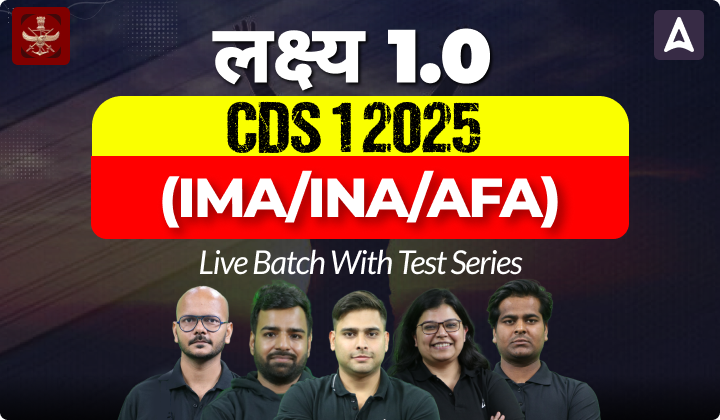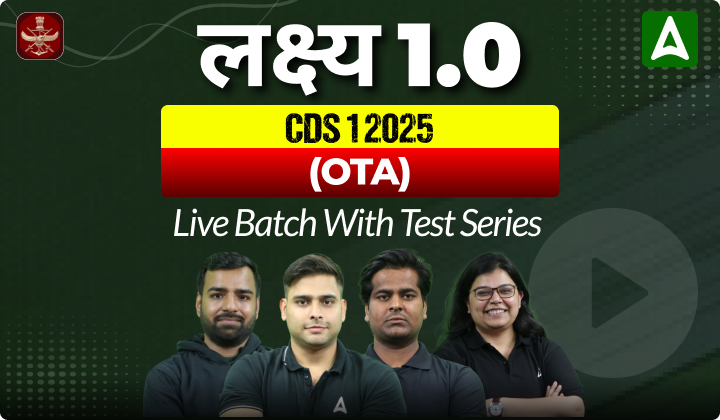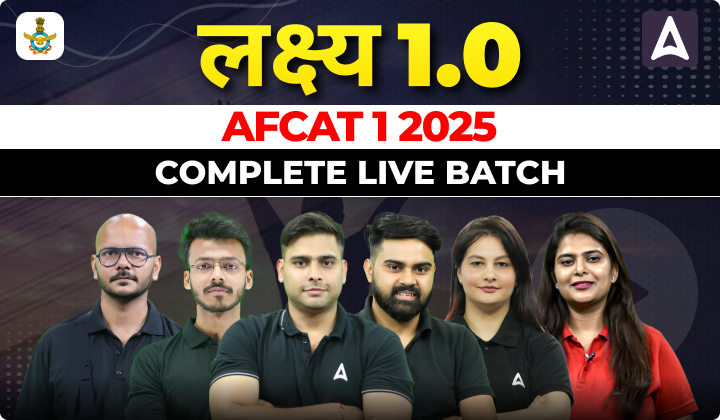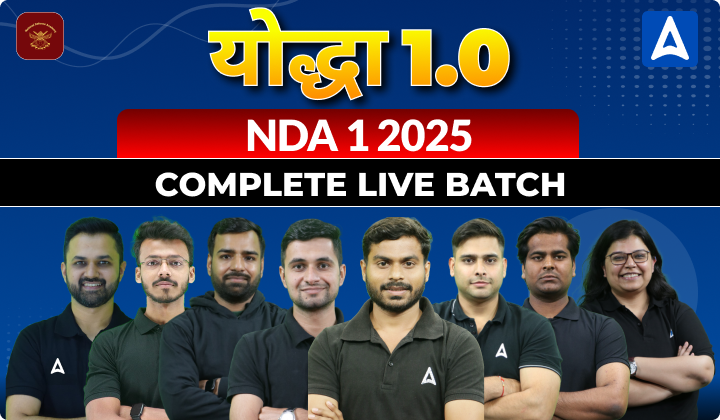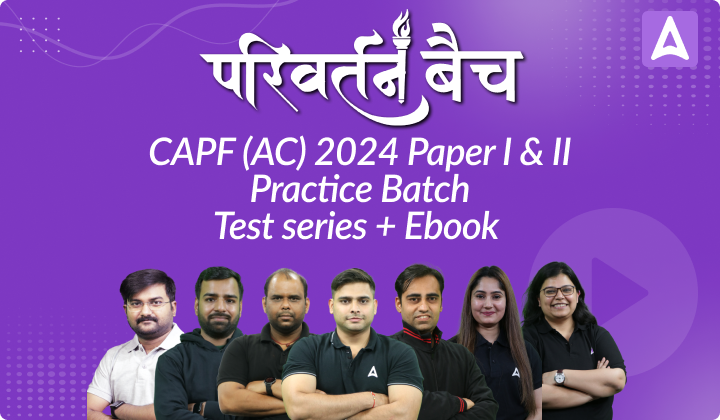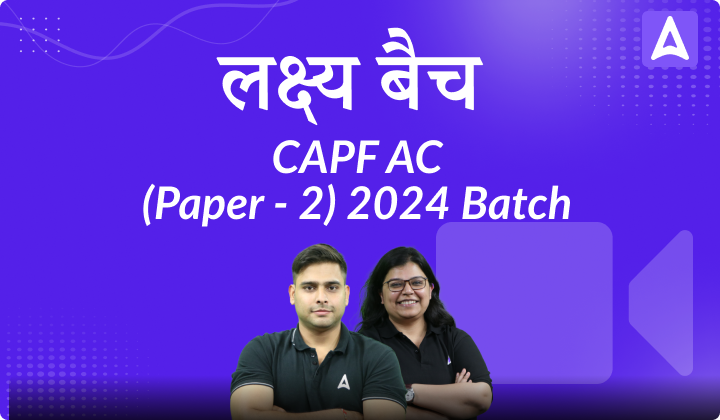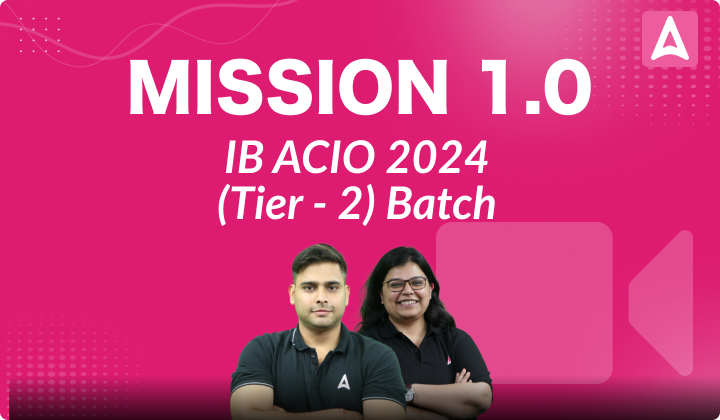Indian Army Makes Changes in Army Agniveer Recruitment Process
The Indian Army has introduced technological advancements in its Indian Army Agniveer recruitment process, introducing significant changes to streamline the selection procedure. The recent modifications include the implementation of an online typing test for Agniveer clerks, marking a transition to a more efficient and technologically advanced examination system.
Previously, the recruitment process involved physical fitness tests, medical examinations, and the Common Entrance Exam (CEE) as the final step. However, in the new process, the online Common Entrance Exam, along with the typing test, were conducted as the initial step. This shift aims to simplify the screening process, enhance logistical efficiency, and reduce the resource consumption associated with traditional recruitment rallies.
Agniveer Program
The Agniveer program, introduced in 2022, aligns its recruitment process with regular soldier recruitment, reflecting the commitment to maintaining uniformity and efficiency in the selection procedures. Large gatherings at army recruitment rallies, which occasionally led to law and order issues, prompted the need for a more controlled and streamlined approach.
The updated selection process now consists of two phases.
- In Phase I, candidates undergo a Computer-Based Test (CBE) with an integrated typing test, conducted at Computer-Based Test Centres spread across India.
- Phase II involves Recruitment Rallies organized by Army Recruiting Offices (AROs) at designated venues, followed by Document Verification, Medical Examination, and the final compilation of the Merit List.
These technological interventions not only align with the broader digital transformation initiatives but also reflect the Indian Army’s commitment to adopting contemporary methods for efficient and transparent recruitment. As the Army continues to evolve its recruitment processes, these changes are poised to make the Agniveer recruitment more accessible, organized, and in line with the demands of the modern era.




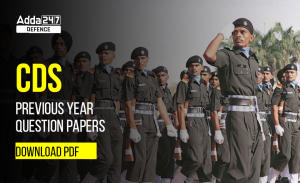 CDS Previous Year Question Papers, Downl...
CDS Previous Year Question Papers, Downl...
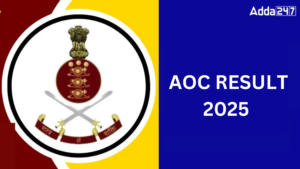 AOC Result 2025 Out, Download Link Activ...
AOC Result 2025 Out, Download Link Activ...
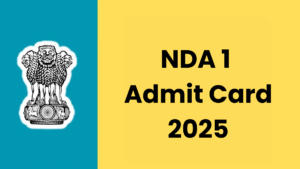 NDA 1 Admit Card 2025 Out, Download NDA ...
NDA 1 Admit Card 2025 Out, Download NDA ...

